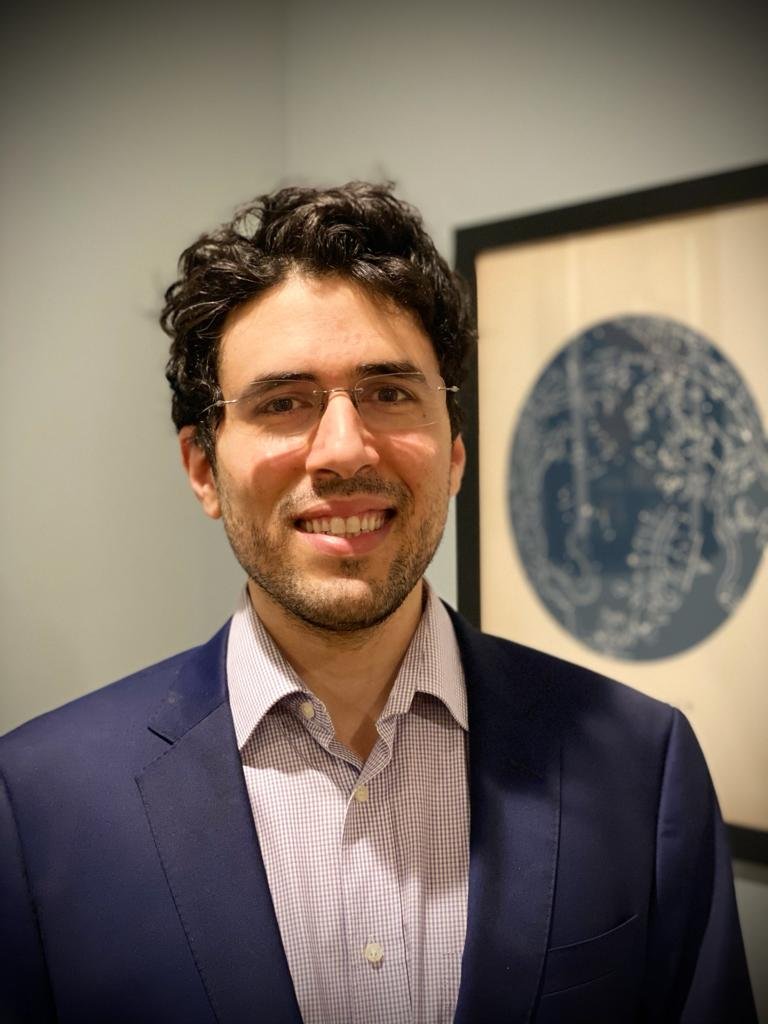Ringleader: New faculty member is expert in planetary physics

This fall, the School will welcome Ali Sulaiman to the space physics group.
Sulaiman’s research concerns the physics of the outer planets, particularly their magnetospheres - the vast bubble in their near-space environments carved out by their magnetic fields. He uses spacecraft data to study how the giant planets are intimately coupled to their moons and rings, and how their powerful auroras are generated. Specifically, he specializes in the theory and observation of plasma waves. These are ubiquitous in space and manifest as small-scale fluctuations in electric and magnetic fields that can be measured by instrumentation.They play a major role in heating and accelerating charged particles that are ultimately responsible for the aurora and radiation belts.
Sulaiman began by using data from the Cassini mission at Saturn. Although the mission ended in 2017, the lasting data is still a treasure trove. Sulaiman is a member of the ongoing Juno mission at Jupiter, focusing on the Galilean moons, the four largest moons of the gas giant, and how they interact with the magnetosphere to generate Jupiter’s aurora. Unlike Earth’s aurora, which is caused by particles from the solar wind, charged particles from the sun play a smaller role at the outer solar system. Jupiter has a complicated magnetosphere due to its enormous size, the strength of its magnetic field, its rapid rotation, and the dynamism of its moons. Sulaiman is also a member of the future Jupiter Icy Moons Explorer mission, which will be the first to go into orbit around a moon (Ganymede), other than our own; and hopes to be involved with the very first orbiter to an Ice Giant.
One of Sulaiman's first tasks will be setting up a research group for outer solar system physics, tied to past, current and future spacecraft missions. “I will be looking for postdocs and grad students to grow that group.”
Sulaiman said he was drawn to the University for “its renowned role in space missions and its very strong theory group for space physics.” His expertise in data analysis and instrumentation will complement these strengths. “There is a lot of scope and opportunity and taking the science to a new avenue of research with this collaboration.”